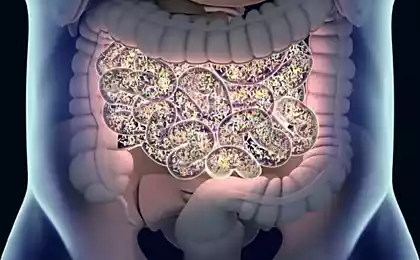145
How to take care of your skin depending on its type
Probiotics and prebiotics They now occupy a leading position in nutrition. Recent studies have shown that they not only have a good effect on the work of the intestines, but also are able to restore the beauty and health of the skin. Nutritsiologist Camilla Schaffner states, “The bacteria living in our gut directly affect the skin, and any disruptions have a negative effect on the face and body.” But it is also worth noting that the skin microflora is an independent ecosystem, similar to the intestinal microflora.
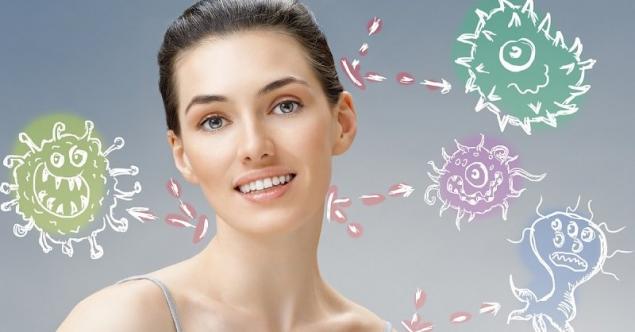
DepositPhotos
Healthy skin microflora is inextricably linked to the immune system. Therefore, it is important not only to maintain its cosmetic beauty, but also to saturate the necessary beneficial. Editorial "Site" It will tell you what bacteria to look for in cosmetics for dry, sensitive, oily and withering skin.
Healthy skin Beneficial bacteria are responsible for skin health: they fight infections, protect against negative environmental influences and provide hydration and radiance. But excessive enthusiasm for antibacterial cleansers, improper nutrition and harmful external factors lead to the fact that the skin is deprived of useful microflora. This, in turn, leads to acne, scarring, rosacea, psoriasis, eczema and hypersensitivity.

DepositPhotos
Ideally, there should be a balance between good and bad bacteria. Therefore, without the need for probiotics do not get involved. Of course, if there are problems, then treatment should be approached comprehensively. Probiotics, prebiotics and even postbiotics should be taken as dietary supplements, as well as looking for the right bacteria among the active components of creams. But first we will understand what and why is needed.
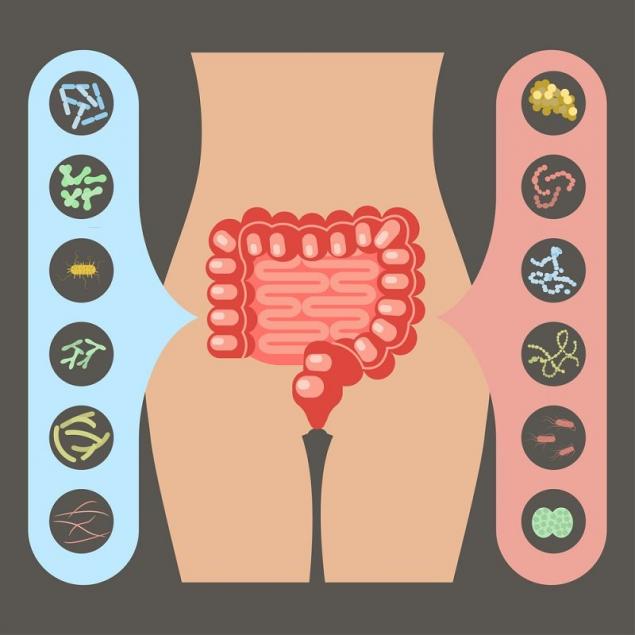
DepositPhotos
Probiotics are beneficial bacteria. Prebiotics are components that probiotics need to survive. Postbiotics are waste products of probiotics that restore the protective barrier of the skin (enzymes, acids and peptides). On the basis of the latter, biologically active additives are created.
Skin is prone to redness and acne Camilla Schaffner advises taking probiotics based on inulin or soluble dietary fiber. Natural sources of inulin are bananas, onions and apple cider vinegar. It is very good if your skin care cosmetics will contain the bacteria nitrosomonas eutropha and the natural antibiotic enterocin.
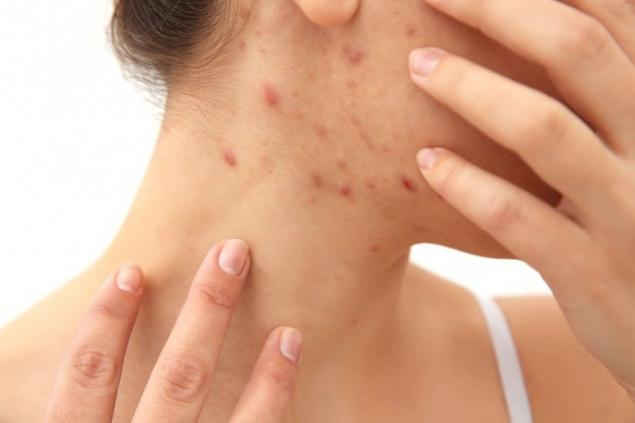
DepositPhotos
You need probiotics based on bacteria that contribute to the production of lactic acid, namely lactobacillus rhamnosus. They help to normalize and maintain the pH balance of the skin. There are a lot of them in olives and spirulina. As part of creams and lotions, look for the prebiotic APF, which helps moisturize even the driest skin.
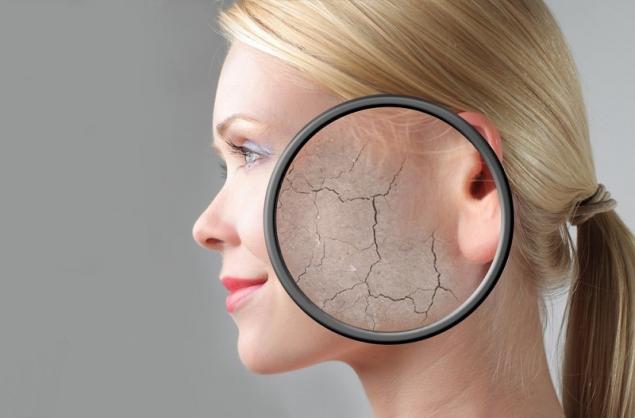
DepositPhotos
Sensitive skin and rosacea The saviors for sensitive skin are bifidobacterium lactis and lactobacillus paracasei. They have anti-inflammatory and calming properties. Many of them are found in kefir, yogurt and aloe. In cosmetics, look for lactobacillus paracasei.
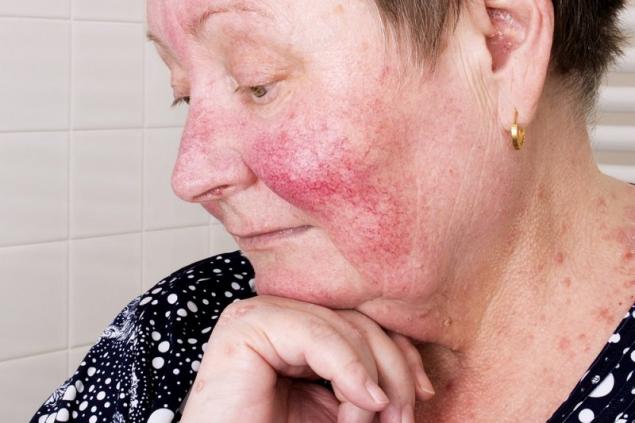
DepositPhotos
Withering skin, wrinkles and pigmentation of Lactobacillus plantarum contribute to the production of collagen and also serve as a sunscreen filter. These bacteria prevent the formation of wrinkles and pigment spots, make the skin more elastic. Eat plenty of antioxidants, especially chlorella and mushrooms. In the composition of care products should be bifidobacteria, namely glycoproteins.
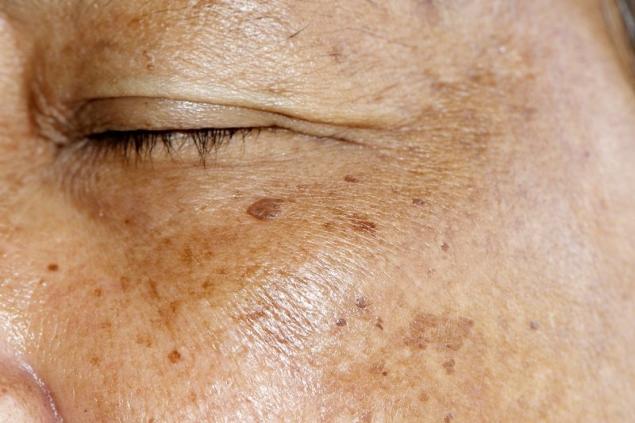
DepositPhotos
When choosing facial skin care products, make sure that all active substances and probiotics are prescribed at the beginning of the composition. Otherwise they'll be out of work. Cosmetic products with probiotics in the composition are exposed to sunlight and air. So keep them in a dark, cool place.
If you have a problem skin, contact a gastroendocrinologist, because our health begins with the intestines. And also visit a dermatologist. Self-medication can only hurt.
Tell us in the comments about your attitude towards probiotics and prebiotics. Share a useful article with your friends on social networks!
Photo by depositphotos preview.

DepositPhotos
Healthy skin microflora is inextricably linked to the immune system. Therefore, it is important not only to maintain its cosmetic beauty, but also to saturate the necessary beneficial. Editorial "Site" It will tell you what bacteria to look for in cosmetics for dry, sensitive, oily and withering skin.
Healthy skin Beneficial bacteria are responsible for skin health: they fight infections, protect against negative environmental influences and provide hydration and radiance. But excessive enthusiasm for antibacterial cleansers, improper nutrition and harmful external factors lead to the fact that the skin is deprived of useful microflora. This, in turn, leads to acne, scarring, rosacea, psoriasis, eczema and hypersensitivity.

DepositPhotos
Ideally, there should be a balance between good and bad bacteria. Therefore, without the need for probiotics do not get involved. Of course, if there are problems, then treatment should be approached comprehensively. Probiotics, prebiotics and even postbiotics should be taken as dietary supplements, as well as looking for the right bacteria among the active components of creams. But first we will understand what and why is needed.

DepositPhotos
Probiotics are beneficial bacteria. Prebiotics are components that probiotics need to survive. Postbiotics are waste products of probiotics that restore the protective barrier of the skin (enzymes, acids and peptides). On the basis of the latter, biologically active additives are created.
Skin is prone to redness and acne Camilla Schaffner advises taking probiotics based on inulin or soluble dietary fiber. Natural sources of inulin are bananas, onions and apple cider vinegar. It is very good if your skin care cosmetics will contain the bacteria nitrosomonas eutropha and the natural antibiotic enterocin.

DepositPhotos
You need probiotics based on bacteria that contribute to the production of lactic acid, namely lactobacillus rhamnosus. They help to normalize and maintain the pH balance of the skin. There are a lot of them in olives and spirulina. As part of creams and lotions, look for the prebiotic APF, which helps moisturize even the driest skin.

DepositPhotos
Sensitive skin and rosacea The saviors for sensitive skin are bifidobacterium lactis and lactobacillus paracasei. They have anti-inflammatory and calming properties. Many of them are found in kefir, yogurt and aloe. In cosmetics, look for lactobacillus paracasei.

DepositPhotos
Withering skin, wrinkles and pigmentation of Lactobacillus plantarum contribute to the production of collagen and also serve as a sunscreen filter. These bacteria prevent the formation of wrinkles and pigment spots, make the skin more elastic. Eat plenty of antioxidants, especially chlorella and mushrooms. In the composition of care products should be bifidobacteria, namely glycoproteins.

DepositPhotos
When choosing facial skin care products, make sure that all active substances and probiotics are prescribed at the beginning of the composition. Otherwise they'll be out of work. Cosmetic products with probiotics in the composition are exposed to sunlight and air. So keep them in a dark, cool place.
If you have a problem skin, contact a gastroendocrinologist, because our health begins with the intestines. And also visit a dermatologist. Self-medication can only hurt.
Tell us in the comments about your attitude towards probiotics and prebiotics. Share a useful article with your friends on social networks!
Photo by depositphotos preview.























